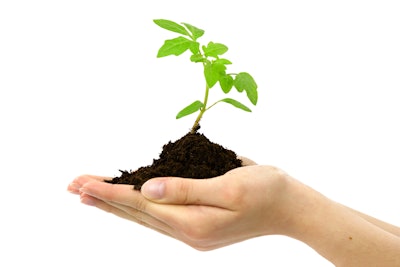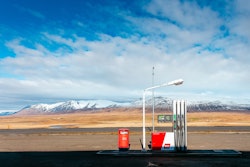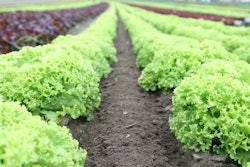
In his final report to the United Nations Human Rights Council in 2014, following a six-year term as special rapporteur on the right to food, Olivier De Schutter called for the world’s food systems to be radically and democratically redesigned.
“Objectives, such as supplying diverse, culturally acceptable foods to communities, supporting smallholders, sustaining soil and water resources, and raising food security within particularly vulnerable areas, must not be crowded out by the one-dimensional quest to produce more food,” he urged.
Permaculture is playing an increasingly important role in this necessary redesign. It goes far beyond organic farming in that it takes into account an entire ecosystem (e.g., the ways in which the wind blows and water flows, along with the plethora of life forms contained in the soil and all the way to the upper canopy). It operates as a food forest layered with annual and perennial herbs and vegetables, and multi-purpose shrubs and trees. Animals are foraging and fertilizing, while pollinators are safe and rewarded. Food, fiber and fuel exist in a smorgasbord of diversity that is inherently beautiful and inviting.
A whole—or closed—systems approach is a key characteristic of permaculture. For example, the natural carbon cycle is a central component, whereby waste from plants and animals become fertilizer for new plants. Natural energies from wind, dust, leaves and even bird droppings contribute to the closed system. Rather than rows of plantings, permaculture’s whole systems approach resembles a food forest where plants are allowed to seed and are interplanted for pest control.
Once it is established, this system requires minimal labor and the nutrients become self-sustaining, while pests and disease are kept in check with vibrant resiliency. Furthermore, indigenous and traditional knowledge, and the immense cultural heritage of a vast variety of heirloom seeds are cherished, saved and integrated. It’s inherently local as food production is close to the consumer and people likewise invest time to maintain the permaculture “farm.”
According to the Millennium Ecosystem Assessment, agriculture is the No. 1 man-made threat to global biodiversity and ecosystem function. Indeed, permaculture can remedy the unintended consequences of the world’s industrial agricultural systems. It can help to sequester carbon and resurrect water tables; reinvigorate and empower local communities; decontaminate, protect and build soil; and restore habitats for wildlife.
Admittedly, it’s unrealistic to expect that permaculture will replace industrialized agriculture. However, what is achievable is greater awareness and embrace of permaculture as an important component of global food supply production—which will be tasked with feeding 9 billion people by 2050—and part of the larger solution to addressing food insecurity throughout the world.
From my perspective, I’m encouraged by the rise of food sovereignty movements across the globe, which in turn gives the food industry the freedom and momentum to reinvent itself and become a positive force in the blossoming of a new era. My advice is to learn from these grassroots movements, support them and be allies in policy matters. Be inspired.
Permaculture’s whole systems approach is a template for the kind of holistic thinking that is required from us today. We cannot have food security if we do not address water supply and quality. We cannot have food democracy if we do not address the social injustice issues that de-possess people from the land.
It’s been said that permaculture is “the art of designing beneficial relationships.” In this regard, it shares the hallmark of today’s most successful and admired supply chains.




















